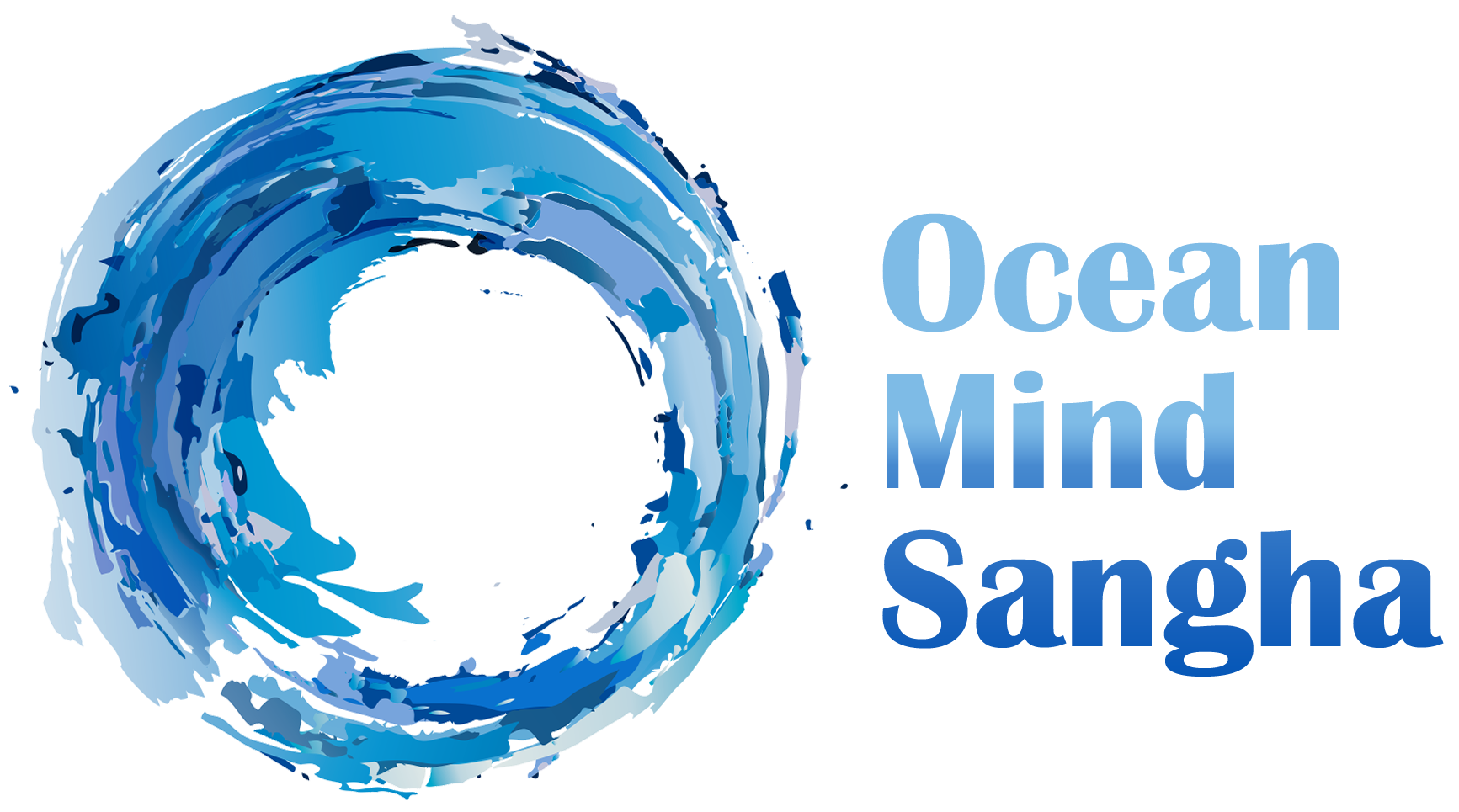Life Is And
This past week I had a chance to reprise a practice I often engaged in while living at Zen Mountain Monastery. I often got sick, which was unfortunate, but I was able to read a lot during these bouts of illness, which was decidedly lucky for me. With few exceptions, I didn't have time to read uninterruptedly for hours, but when I got sick, and if the books were not a thousand pages long, I could sometimes read a book a day. After the worst of a cold or a flu was behind me, still feeling miserable but awake enough, I grabbed whatever book had been gathering dust on my shelf and dove in happily. I read Don Quijote during one of these bedridden spells, and Arabian Nights. The Count of Monte Cristo and, for a second time, A Hundred Years of Solitude. The Master and Margarita, Anna Karenina. The Bluest Eye, and almost all of Tana French' and Murakami's books. Anything I could get my hands on, even if I'd read it before.
Last week, after a congested day where all I wanted to do was sleep, I picked up Lost and Found, a memoir by an excellent writer by the name of Kathryn Schulz. This is where I found Philip Roth's memorable phrase "Life is and," and where I learned why an ampersand is called such. (Originally at the end of the alphabet, the letter et was written as "x,y, z, and per se and"—meaning, the character in itself, not the word and. Over time, the phrase got contracted, and became ampersand.) But come to think of it, it would be just as appropriate to recite the alphabet, x,y,z, and, and mean the conjunction, because is anything ever really per se? Is anything just itself, by itself—even the letters of the alphabet?
Consider what Philip Roth said:
The burden isn’t either/or, consciously choosing from possibilities equally difficult and regrettable—it’s and/and/and/and/and as well. Life is and: the accidental and the immutable, the elusive and the graspable, the bizarre and the predictable, the actual and the potential, all the multiplying realities, entangled, overlapping, colliding, conjoined—plus the multiplying illusions!
A Buddhist couldn't have said it better. Life is and, and, and, and. We would save ourselves a lot of heartache if we embraced life's entangled, multiplying realities. Because, despite the fact that our brains can only process one input at a time, our experience is often contradictory, overlapping, conjoined. We love a family member and we hate it when they make comments about our appearance. We crave closeness and we're afraid of getting hurt. We want to dedicate more time to our spiritual practice and we have trouble managing our time. What's more, between two seeming opposites, there exists a whole range of further possibilities, both illusory and real. Not one, not two, but multiple.
Buddhism states clearly what Roth so eloquently expressed: no feeling or thought, no individual, no event, no circumstance, no cause, no effect exists by itself. Instead of the limiting, contracted view that but presents, and opens up space and nuance and, of course, possibility. Every time we telescope our vision we leave the rest of the panorama out.
No one would dream of taking apart a clock and saying, "I'm a winding mechanism person myself. Or a ratchet wheel. Or a pendulum rod. Forget about all these other parts." Yet, as I read in the paper this morning, politicians cater to "single-issue voters," for example, as if such a thing could really exist. There is no single issue that stands apart from every other issue it's inevitably connected to. I would say that the problem isn't that we have options or differing views, but that we fail to consider multiple and multiplying possibilities.
And so, although it may seem too simple to replace but with and in our speech and thoughts, it's an excellent practice. Not only because doing so leads to better communication and open-mindedness, but more fundamentally, because it expresses the truth of the way things are.
Despite our insistence in finding fault everywhere, life is not but. Life is challenging, yes, even horrifying. It is also magnificent, joyous, heartbreaking, disappointing, surprising, mysterious, and vast beyond measure. Per se—that is, intrinsically—life is and.
*Photo by Alexey Savchenko

